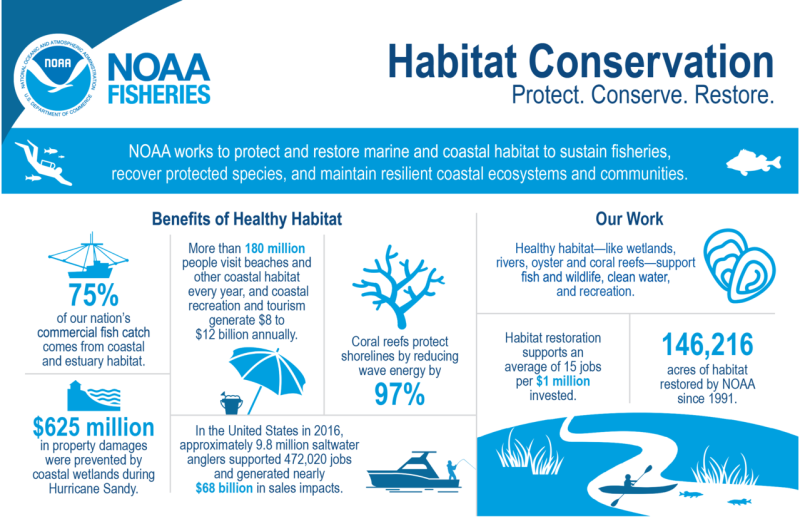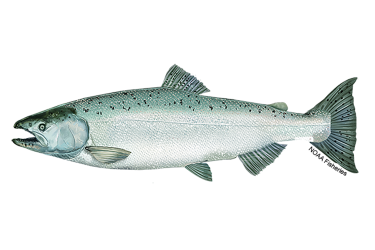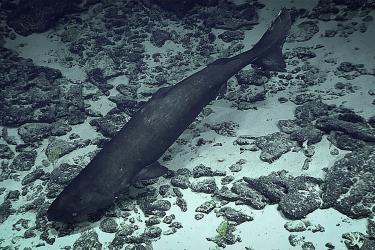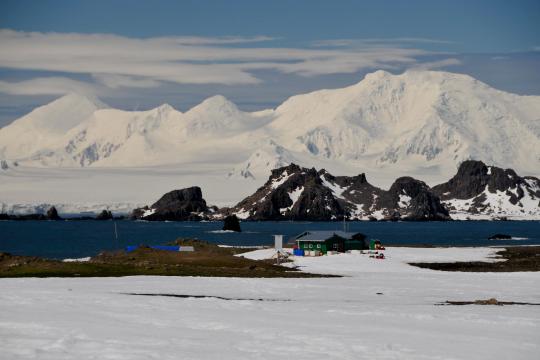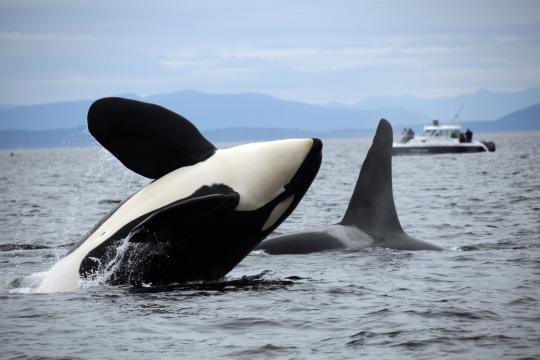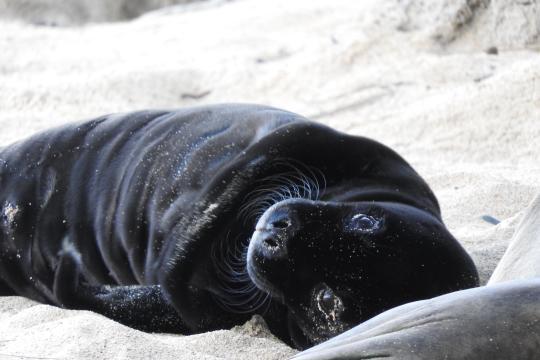Habitat Conservation Overview
Healthy habitat—like wetlands, rivers, and oyster and coral reefs—supports fish and wildlife, clean water, and recreation. But these important areas are being threatened by coastal development, pollution, extreme weather, and other factors.
The Office of Habitat Conservation works to protect and restore habitat in order to boost fish populations, recover threatened and endangered species, and support resilient coastal ecosystems and communities.
Download the Habitat Conservation Overview infographic
![1FishPassage_Infographic.png]()
The Value of Opening Rivers for Fish
Every year, millions of fish migrate to their native habitats to reproduce. Some fish need to swim thousands of miles through oceans and rivers to reach these freshwater destinations. They are often blocked from completing their journey by human-made barriers, such as dams, culverts, and other obstacles. When fish can’t reach their habitat, their populations can’t be maintained or increased.
NOAA helps migratory fish navigate these barriers by adding options like fish lifts, fish ladders, bypasses, or by removing barriers completely. With the input, expertise, and support of our partners, we have conducted more than 700 fish passage projects. We have opened nearly 7,000 miles of river and stream habitat.
Download the Value of Opening Rivers for Fish infographic
![1Wetlands_Infographic.png]()
Value of Coastal Wetland Habitat
Coastal wetlands—including marshes, mangroves, and swamps—provide critical benefits to our planet. They clean our water, protect us from floods, and provide habitat for countless fish and wildlife.
But these valuable habitats are quickly disappearing. Nearly 80,000 acres of coastal wetlands are lost in the United States each year to development, draining, erosion, and sinkage. That’s close to seven football fields every hour.
The NOAA Fisheries Office of Habitat Conservation works to protect and restore our coastal wetlands and the benefits they provide. With the help of our partners, we’ve restored nearly 50,000 acres of wetland habitat since 2008. Our work helps boost fish populations, recover threatened and endangered species, and support resilient coastal ecosystems and communities.
Download the Value of Coastal Wetland Habitat infographic
![Infographic National Value of Oyster Habitat.jpg]()
Value of Oyster Habitat
NOAA plays important roles in oyster restoration around the United States. NOAA conducts science, provides funding, and helps guide restoration of oyster reefs. These projects range in size—but oyster reef restoration in the Chesapeake Bay is the world’s largest oyster restoration project. Because oyster reefs provide habitat for fish and other species, restored oyster reefs also help support healthier fish populations.
Download the Value of Oyster Habitat infographic


